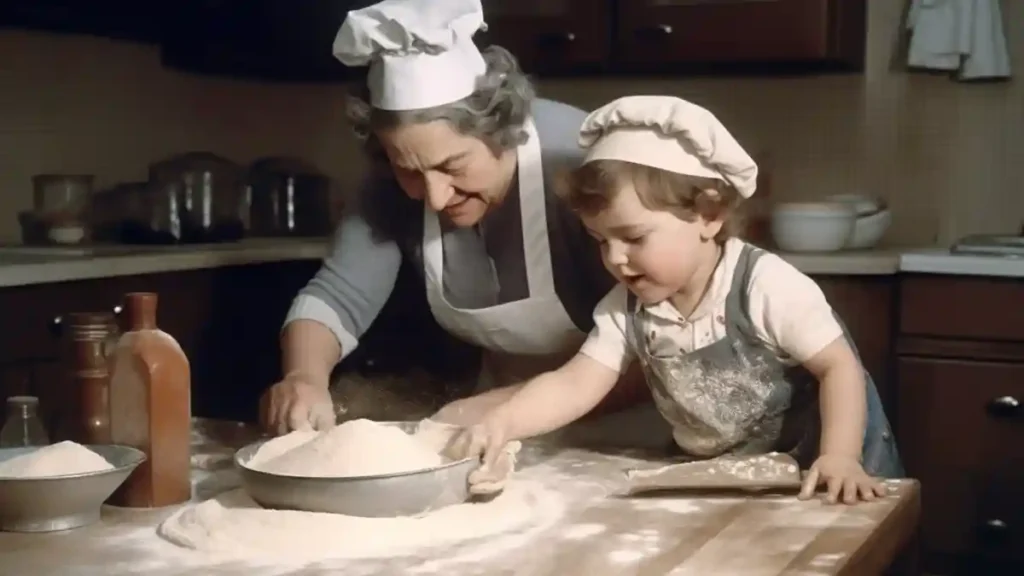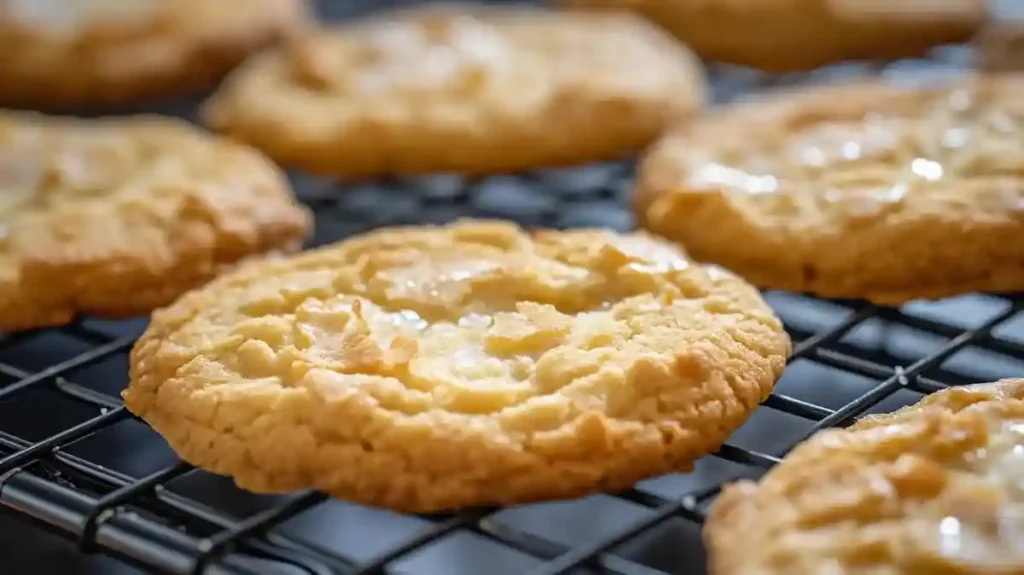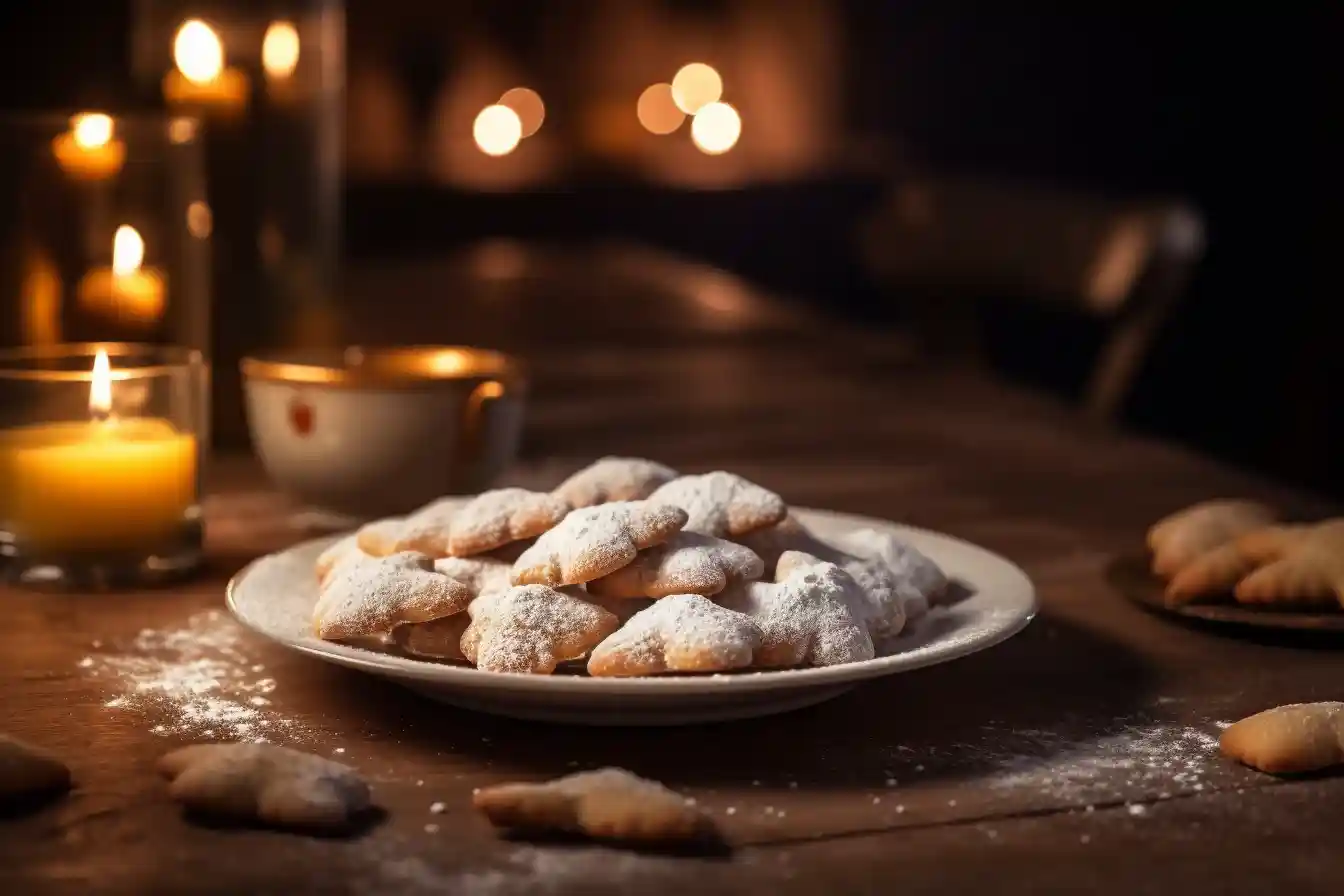What Is Kichel?
Understanding Kichel in Jewish Cuisine
I remember the first time I tasted kichel at my neighbor Mrs. Cohen’s house. She called them “air cookies”—light, puffy, and not too sweet. She served them with chopped liver, and I was confused. A cookie with liver? But it worked, somehow. Kichel is a traditional Jewish cookie, often shaped like a bow tie, known for its light, airy texture and subtle sweetness. It straddles the line between cookie and cracker, making it versatile for sweet or savory pairings.
Etymology
The word kichel comes from the Yiddish word for cookie, “kukhle” or “kikhle,” reflecting its origin in Ashkenazi Jewish culture. Over time, however, the term has become synonymous with this particular form of bow tie cookie in Jewish bakeries around the world. Despite the linguistic simplicity, its cultural symbolism and versatility have given it a unique identity.
The History and Cultural Significance
Ashkenazi Roots and Evolution
My grandmother often shared stories of the shtetl, where food was modest but full of meaning. Kichel was born in these communities—resourceful and celebratory. Rooted in Eastern European Jewish traditions, kichel emerged in the 19th century as a way to stretch humble ingredients like flour and eggs into something festive and shareable. Its popularity grew within the Jewish diaspora, eventually becoming a staple in Jewish bakeries in the United States, Canada, and Israel.
Kichel in Jewish Rituals and Celebrations
At every bar mitzvah, kiddush, or Rosh Hashanah celebration, there was always a platter of kichel. It symbolized more than food; it was about connection and continuity. Often paired with herring or served alongside sweet wine, kichel became a culinary bridge between generations. Its presence at religious events reinforced its sacred place in Jewish memory, linking taste to tradition.
Traditional Kichel Recipe
Essential Ingredients
Here are the key ingredients:
- 3 whole eggs and 1 yolk (for structure and richness)
- All-purpose flour (to form the base)
- Vegetable oil (adds tenderness)
- Vanilla extract (for subtle aroma)
- Baking powder (a gentle leavening)
- Granulated sugar (both in the dough and as a coating)
These ingredients create a dough that is sticky but elastic, ideal for shaping and baking.
Step-by-Step Preparation Guide

I always start by beating the eggs and yolk until frothy. Then I incorporate oil and vanilla before gradually mixing in the flour, baking powder, and a pinch of salt. After kneading the dough for about 15 minutes using a stand mixer, I let it rest for 30 minutes. Once rested, I transfer it to a sugar-dusted surface and roll it into a rectangle, about 7 by 12 inches. Then:
- Cut into 1×2 inch strips
- Twist the center to form bow ties
- Bake at 350°F for 25 to 30 minutes until golden brown
Tips for Perfecting Your Recipe

- Roll out the dough on a thick bed of sugar to prevent sticking and boost crunch
- Do not underbake; they should be dry and crisp
- Use a pizza cutter for even strips
- Rotate trays halfway through baking for uniformity
These tips ensure a consistent texture and flavor every time.
Variations of Recipe
Passover Kichel: Adapting for the Holiday
During Passover, flour is off-limits. My aunt used to make Passover kichel with matzo meal and potato starch. By omitting baking powder and using kosher-for-Passover ingredients, the texture changes slightly, but the charm remains. The batter is lighter, the result crisper, and it still serves beautifully with sweet or savory toppings.
Savory and Sweet Twists
Beyond the classic sugar-coated version, welcomes customization:
- Add cinnamon sugar for a warm twist
- Sprinkle with poppy seeds before baking for a nutty note
- For a savory version, skip the sugar and serve with chopped herring or herbed cream cheese
These variations allow modern bakers to adapt to evolving palates while respecting tradition.
Kichel in Modern Times
In Contemporary Jewish Bakeries
Unfortunately, many Jewish bakeries are closing, and kichel risks disappearing with them. I have visited places in Brooklyn and Toronto where kichel is still made the traditional way—flaky, delicate, and slightly sweet. These bakeries act as cultural archives, preserving not just recipes but memories.
Keeping Traditions Alive
Baking kichel at home has become my way of staying connected to my roots. It is more than baking—it is ritual. Passing the recipe to my children and nieces ensures that this little cookie remains a part of our family story. I encourage others to embrace this accessible recipe and keep the tradition alive.
Frequently Asked Questions (FAQ)
Can you freeze kichel?
Yes, you can freeze. Once baked, allow them to cool completely. Then place them in an airtight container or zip-top freezer bag. They retain their crunch for up to three months. Let them thaw at room temperature before serving.
What is a kichel in Yiddish?
In Yiddish, simply means “cookie.” However, over time, the term has come to refer specifically to these light, bow tie-shaped cookies in Jewish culinary contexts.
What are the cookies called ‘nothings’?
Some communities affectionately call kichel “nothings” because of their airy, light texture. Despite their nickname, their flavor and cultural value are anything but insignificant.
Is kichel kosher for Passover?
Is not kosher for Passover due to the use of flour and baking powder. However, Passover recipes substitute matzo meal and omit leavening, making them suitable for the holiday.


